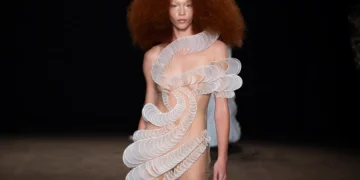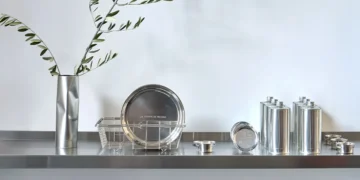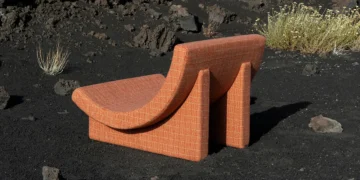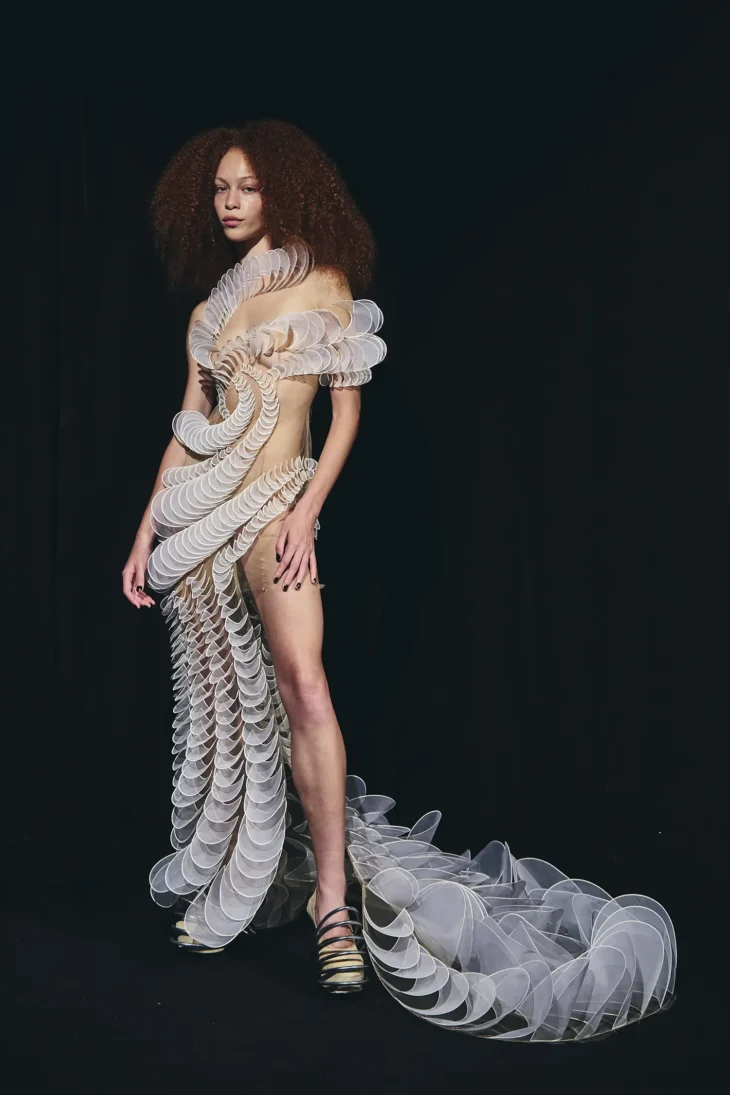
During the ongoing Paris Haute Couture Week Fall Winter 2025, a remarkable collaboration between Japanese biotech pioneer Spiber and visionary Dutch designer Iris van Herpen was revealed, marking a pivotal moment at the intersection of science, sustainability, and high fashion. The unveiling of one of Van Herpen’s two bridal looks, created in partnership with Spiber, not only captivated the couture audience but also signaled a new era for material innovation in luxury design.
Parallel Paths: Where Science Meets Couture
Both Spiber and Iris van Herpen were founded in 2007, and over the past eighteen years, each has carved a path defined by radical experimentation. Spiber, based in Yamagata, Japan, has become a global leader in biomaterial engineering, developing its signature Brewed Protein™ fiber – a man-made protein fiber inspired by the diversity and efficiency of nature. Meanwhile, Iris van Herpen has consistently pushed the boundaries of haute couture, blending traditional craftsmanship with avant-garde technology to create pieces that are as much art as they are fashion.
Their collaboration is not a mere fusion of disciplines but a philosophical alignment. Both entities are driven by the belief that creativity, technology, and sustainability are not separate pursuits but interconnected forces capable of shaping a new material narrative. This shared ethos is grounded in biomimicry—the emulation of nature’s forms and processes – as a catalyst for innovation.
Nature as Muse and Blueprint
For Iris van Herpen, nature’s intelligence and beauty have always been central to her design language. Her creations often echo organic forms, fluid rhythms, and the intricate complexity found in the natural world. Spiber, on the other hand, takes inspiration from molecular biology, designing DNA sequences based on natural proteins such as spider silk and cashmere, then using precision fermentation to create entirely new materials. The result: fabrics that contain the logic and resilience of nature, yet are engineered for the demands of modern couture.
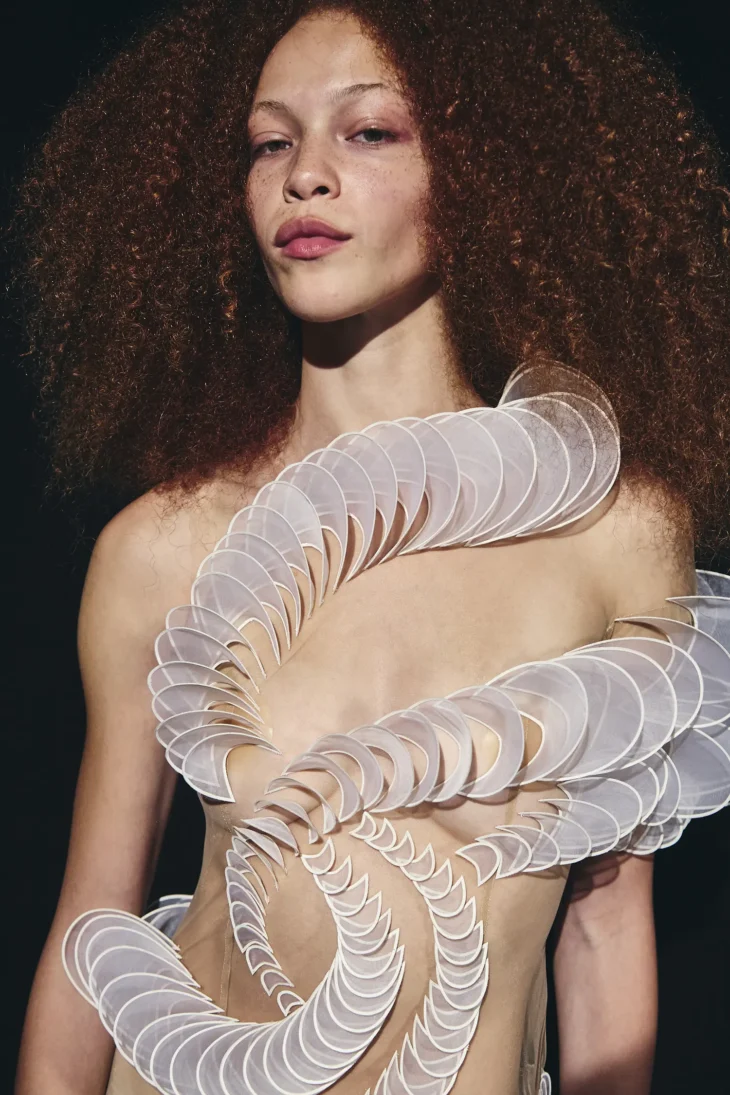
“Biomimicry is ever-present in Spiber’s approach and that is truly similar to our own methods. Fusing the organic with the innovative, recreating nature’s way of making a material, starting with a protein… Spiber has been able to translate a complex technology to meet the needs of designers and create something truly wearable, which is a rare quality,” Van Herpen explains. She highlights the Brewed Protein™ fiber’s lightness and softness, which allow fabric to float around the skin with an organic, natural presence – qualities that are embodied in the bridal look unveiled in Paris.
A Couture Masterpiece: The Bridal Look
The centerpiece of this collaboration is a bridal gown that exemplifies both technical mastery and artistic vision. At its core is Spiber’s Brewed Protein™ fiber, the only man-made protein fiber to achieve successful industrialization. The gown features sheer organza, cut into gradient-sized moon shapes and heat-bonded to laser-cut Brewed Protein™ fabric bonings. Hundreds of hand-stitched white coral petals rise from a base of nude illusion tulle, spiraling downward into a translucent, twisted train. The result is a sensorial, almost otherworldly garment that blurs the line between natural and synthetic, tradition and innovation.
Kazuhide Sekiyama, Spiber’s Co-founder and Representative Executive Officer, notes, “At Spiber, we believe in the expressive power of materials—their ability to tell stories, to inspire emotion, and to redefine our relationship with nature. Working with Iris van Herpen, whose designs evoke the beauty of life’s complexity, has resulted in an extraordinary manifestation of our mutual values.”
Discover more in our gallery:
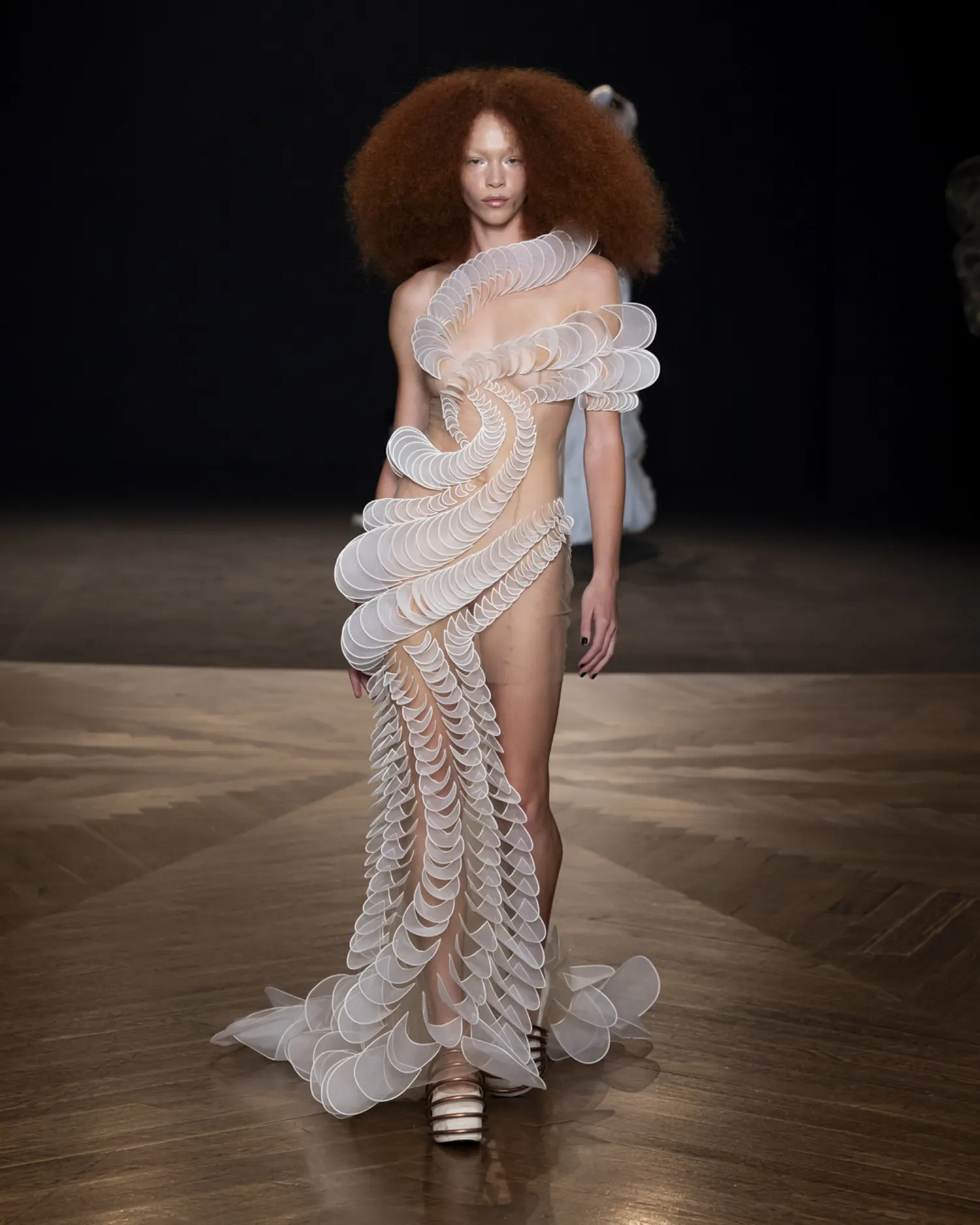
A Blueprint for the Future
This partnership shows what can happen when disciplines converge with a shared vision. Both Spiber and Van Herpen see their work as an artistic and technological blueprint for future innovation, advocating for cross-disciplinary collaboration as essential for addressing the complex challenges facing fashion and the environment.
Looking ahead, both teams are committed to exploring new possibilities together, with the ambition to continue pushing the boundaries of material science and couture design. Their hope is that this partnership will inspire others in the industry to rethink the materials they use and the stories they tell through fashion.
